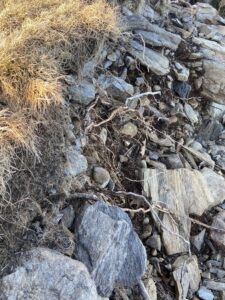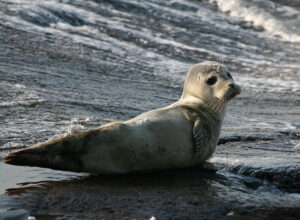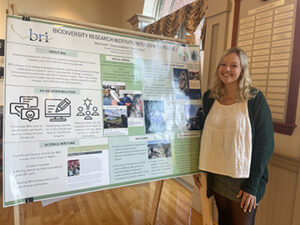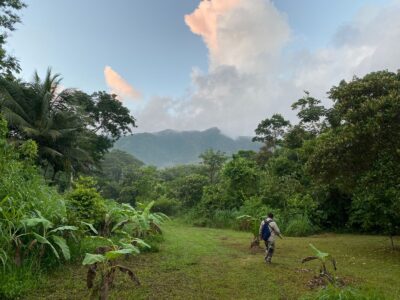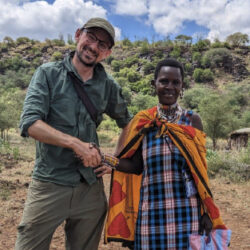Addressing Mercury Challenges on the Global Stage
Biodiversity Research Institute (BRI)BRI’s story began in 1989 with the capture of a loon on a Michigan lake. Back then, it was all about the science, but over time, founder Dave Evers began to understand that knowledge for knowledge’s sake wasn’t enough.








